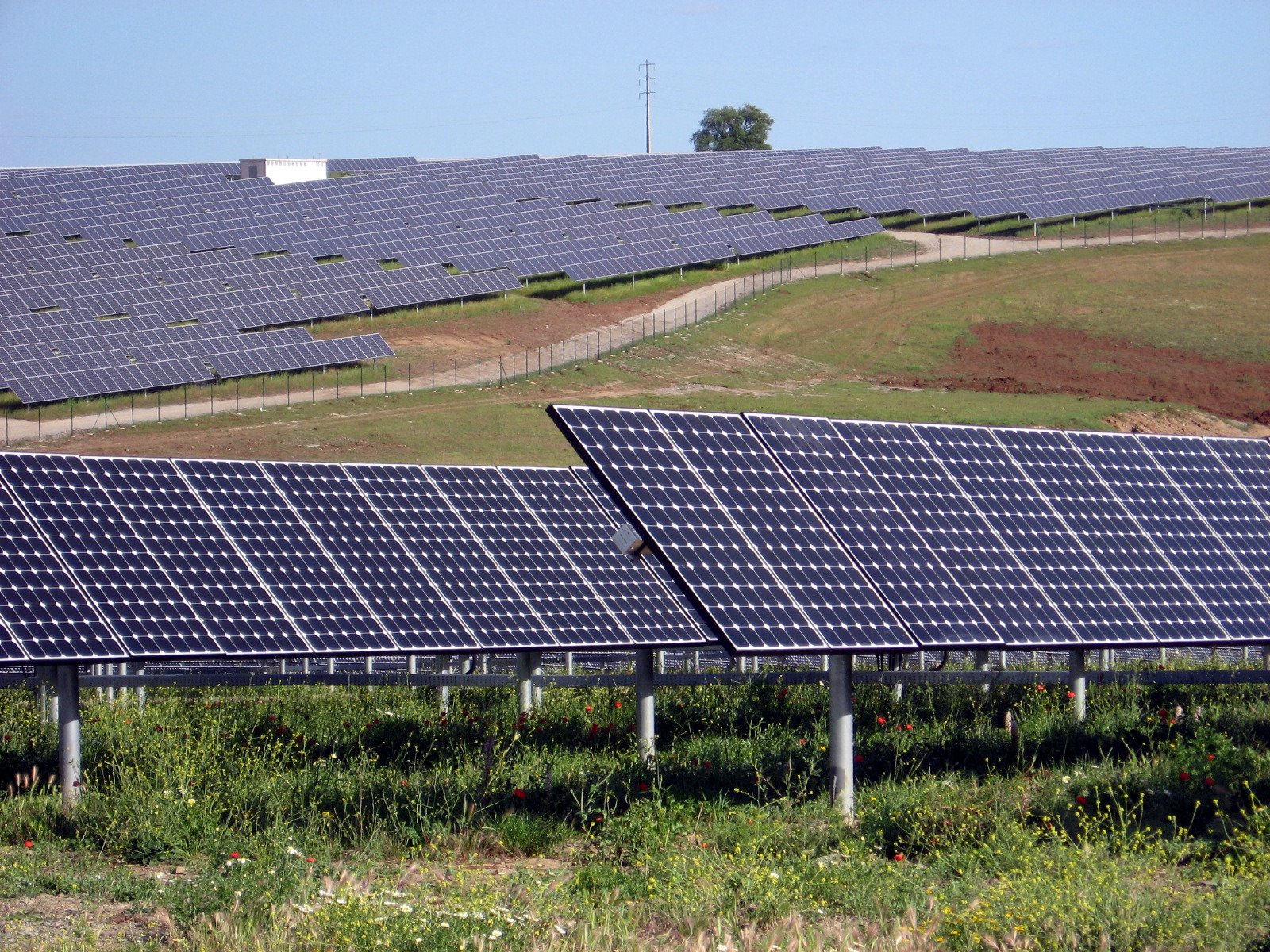-
Posts
886 -
Joined
-
Last visited
Everything posted by dtarin
-
Individual PV modules global degradation factor is auto-calculated based on the Avg degradation factor defined under Model and on the year of simulation. For the first year of operation, it is half the degradation rate. So there, you have defined 0.45% as the standard degradation rate. In year 1, the Individual PV Modules Global Degrad. Factor is 0.45%/2. For year 2, it will be 0.45% + 0.45%/2, and every year thereafter will add the full degradation rate. The Avg degradation factor comes from the module datasheet. To run full 30 years, enter your settings here and save and exit. Then go to advanced simul. and click Aging Tool. Follow the instructions there, it is self explanatory. You can choose the weather file, select if you want to generate 8760 files, pdf reports, or individual variants for each year. Specify every # of years (1 to run each year) and total years. On mismatch, this is not well accounted for. There are some studies but most installed PV is 5-6 years old and technology has changed every few years.
-

Bifacial model feature only adds +2-3% extra production
dtarin replied to Adam Bell's topic in Simulations
Typical cell width range is 15.6cm to 21cm. -

Bifacial model feature only adds +2-3% extra production
dtarin replied to Adam Bell's topic in Simulations
Twin half-cell does not double the number of strings, it halves the modules. You still have only one module supplying power. You should use electrical effect. 30 albedo is high. Is the roof white? -
I dont have the OND file, but my guess would be that 1) the huawei has a wider mppt voltage range and 2) it has a higher input current rating compared to the sungrow
-
Calculate your voltage drops for each leg and the combined conductor to the point of interconnect. Set your loss fraction @ stc appropriately based on this.
-

Bifacial model feature only adds +2-3% extra production
dtarin replied to Adam Bell's topic in Simulations
It is due to your model. What is your albedo and other bifacial settings like height from ground? Where is the project located, what is the GHI? You have a 78% GCR, which is extremely high, and your tilt is only 10 degrees. You will not see a high bifacial gain with that design. -
This is not done inside PVsyst. Calculate your Pxx factors and multiply your P50 data by them. Example: P90 = 0.91*P50 P99 = 0.83*P50
-
For a graph: Run simulation Go to detailed results Click hourly graphs Under time axis definition select monthly Under variables to be drawn, select energy injected to the grid (or whatever you want to see) Select bar chart or graph Specify units for energy (kWh, etc) Click graph To export to excel, click export values to clipboard For a table: Run simulation Go to detailed results Select table Select Energy use and Users Needs On the right select Energy injected to the grid Define units of energy Press Table This can also be exported to excel
-
Increase or decrease the number of strings in your array under the system menu.
-
Use whatever method you have for degradation, take the P-factors for each Pxx and multiply the resulting data by them to get your Year N @ Pxx data.
-
One thing to note is that when using tracker zones or placing trackers with the auto-altitude tool, it will not adjust the NS slope, only the elevations of the trackers. For @Michele Oliosi, any possibility to have this be implemented in PVsyst such that NS slope is modified? That is, placing the trackers orthogonal to the surface using whatever reference point is selected.
-
Inverter loss over nominal power is the same as inverter clipping. PVsyst handles clipping losses appropriately in my experience. It is difficult to say what is occurring without knowing some other details like which inverter or where the project is located (temperature, yearly GHI, etc). A 1.4 ratio seems a bit high to only have 0.3%, but it will be dependent on system type (ground mount, tracker, rooftop, etc.), equipment, and location.
-
Lead acid or lithium ion are the two most common I believe.
-

Bi-Facial Module electrical characteristic with % gain
dtarin replied to Tokoyoshi's topic in PV Components
There is no single frame of reference to define bifacial gain. You can look at the irradiance gain after bifaciality and consider that. Or you can look at the the output at the inverter terminals with and without bifacial included, as you have. One might compare a monofacial module to a bifacial, as there are physical (and economic) differences between the two. Using irradiance after bifaciality is common in my experience. -

Bi-Facial Module electrical characteristic with % gain
dtarin replied to Tokoyoshi's topic in PV Components
You are comparing an irradiance gain with an energy gain. The two are not the same, nor will ever be. It is typical to have a higher irradiance gain than your MWh gain as there is conversion still from light to electricity and other downstream losses than can be influenced (i.e. clipping). -

Where can I find PV-syst ready solar data from the last 10 years?
dtarin replied to S Groenveld's topic in Meteo data
SolarGIS, SolarAnywhere, or any of the other satellite based providers (not free) or NREL PSM (free, not sure if it's been updated but tends to overestimate GHI). -
Try creating a net with the handrail object. Set width of rail to whatever the thickness is, and the number of vertical rails to the spacing of the net, and place in the front of your fixed tilt system oriented normally. Then run a simulation with and without, take the delta, and add to rear shading. I tried running this with a 4x7 table and a large "net" structure with thin object shading set to 5%, but after running for hours it crashed. Perhaps a single module will be more successful.
-

"Slide rows" button in Zone editing tool causes soft. to freeze
dtarin replied to julmou's topic in Shadings and tracking
Try to include the version you are using whenever posting on an issue. I have tested in 7.2.14 with no issues, whether automatic length on or off. The blue band that appears when you activate the slide tool stays on the screen however after I use it. When I close the zone menu it goes away, but when zone is active again, it comes back. Maybe a bug with the tool, as I have not encountered this in prior versions. You can still slide them by deactivating zone and using the standard crosshair tool. -

Grid power limitation - KVA profile instead of constant value
dtarin replied to jay9098's topic in Simulations
Or alternatively, run however many different PVsysts there are for each scenario, then splice them into one 8760. -

Grid power limitation - KVA profile instead of constant value
dtarin replied to jay9098's topic in Simulations
Export to excel to accomplish this for the time being. -
Is this calculated as a weighted average?
-
You might be able to accomplish this using batch runs. You cannot do this on an hourly basis, but on a yearly basis and then assemble the results as you wish.

